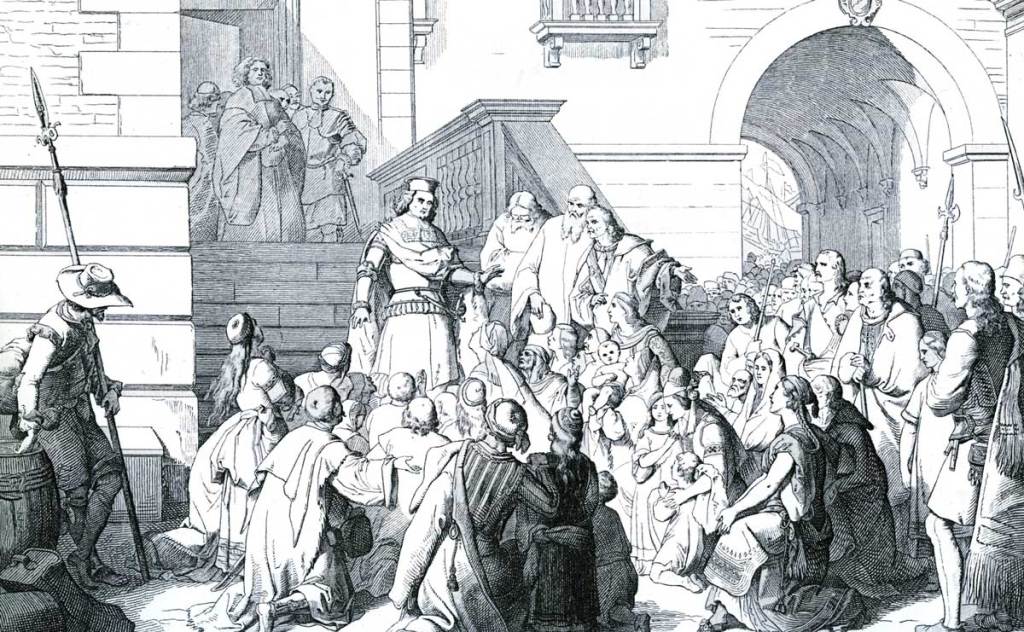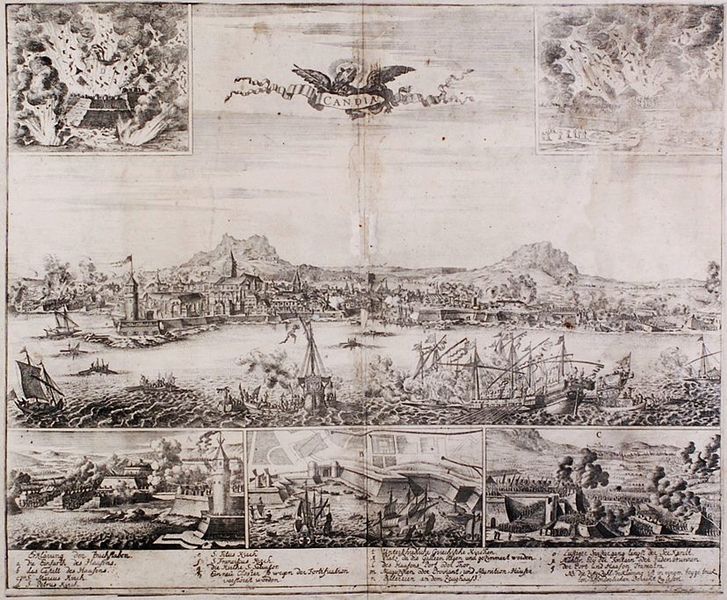Early Adulthood
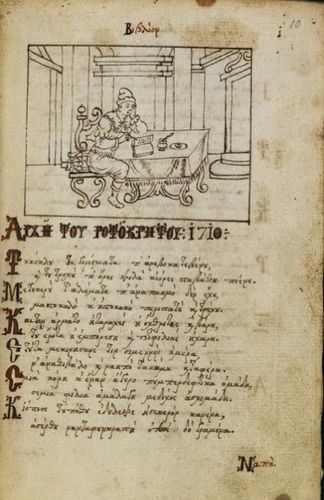
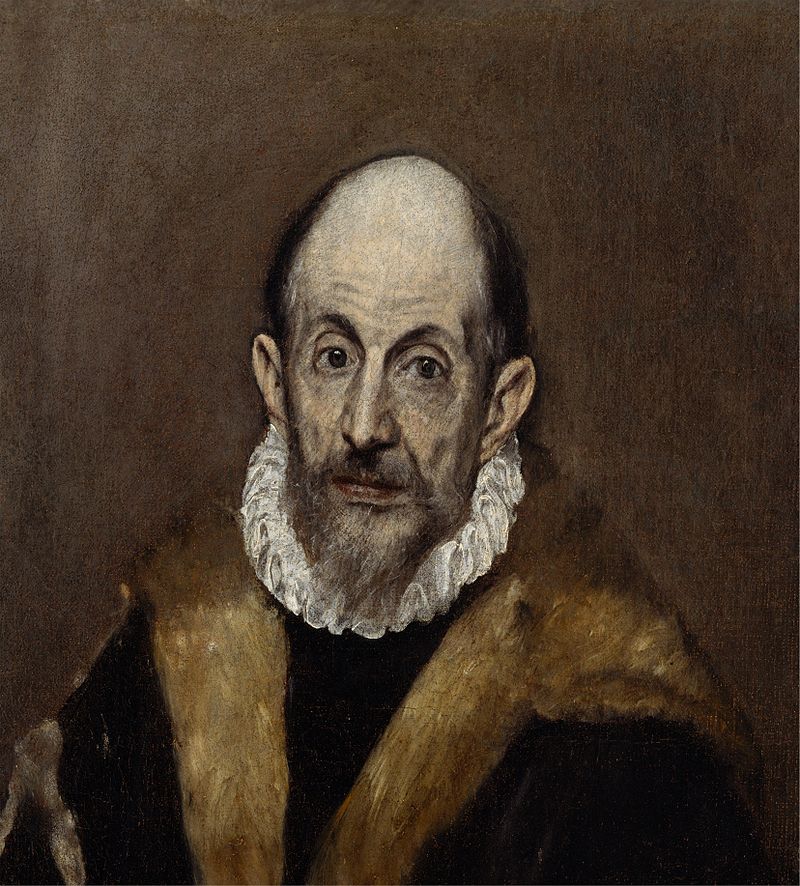
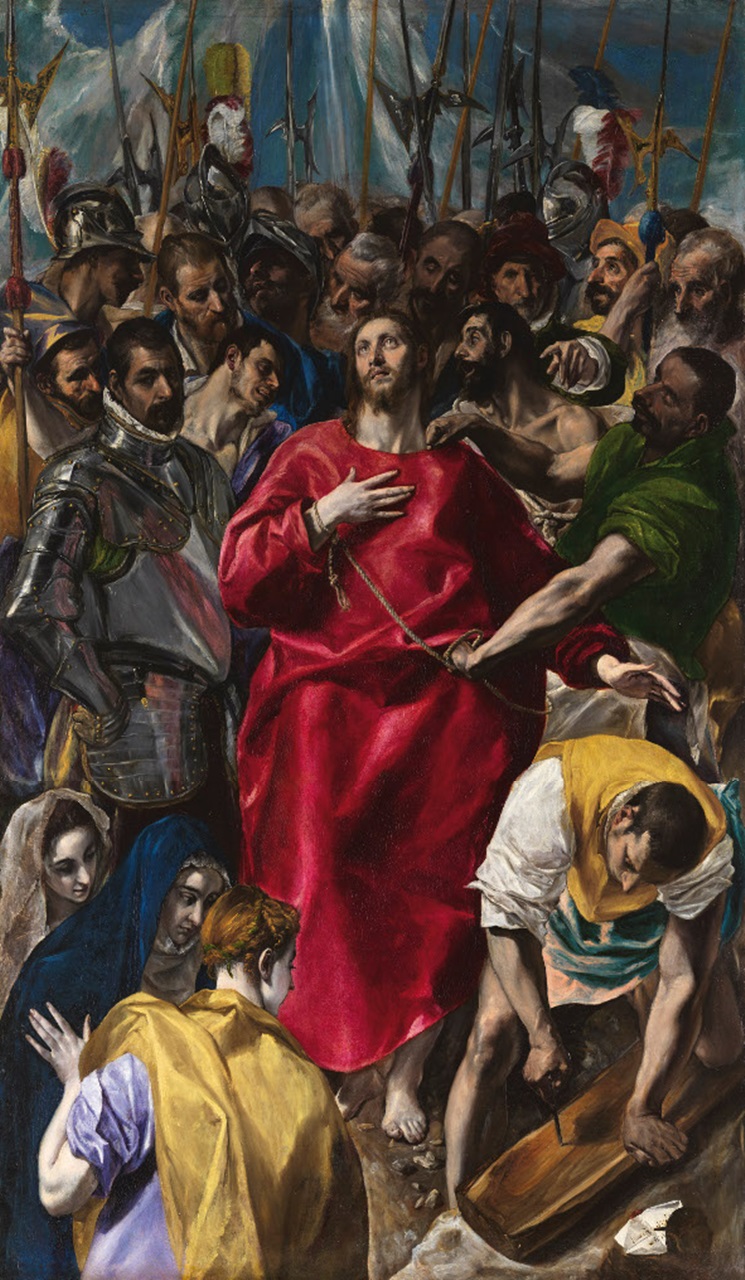
Even though western culture never managed to dominate over the local culture, in time the two started to coexist and intertwine, resulting in the so called Cretan Renaissance (1580-1669), a bright period when Cretan artists & intellectuals created masterpieces in literature, architecture & painting, with prime examples the poem of Erotokritos by Vitsenzos Kornaros, the famous tragedy of Erofili by Georgios Hortatzis & the stunning universally recognized paintings of El Greco. A thing that had surely played a part in that period of cultural growth was the change in the stance of the Venetians towards the locals. The Cretans were now seen as an integral part of the Venetian Empire not merely subjects but allies. Allies against a greater enemy that seemed to be too close and too big to ignore.
Almost 200 years after the Fall of Constantinople the Ottoman Turks reached the island of Crete, determined to seal the complete control of the Eastern Mediterranean. The Turkish fleet first landed at the bay of Kissamos on the west and after looting a number of villages it sailed again for the bay of Kolymvari. From then on the army, according to the estimates about 50,000 troops, continued on foot until it reached the village of Galata. At the time according to the census of by Piero Castrofilaca in 1583 and later records the population of Chania was well over 50,000. The first attack on the city started at the end of June of 1645. After a siege that lasted 57 days Chania had fallen.

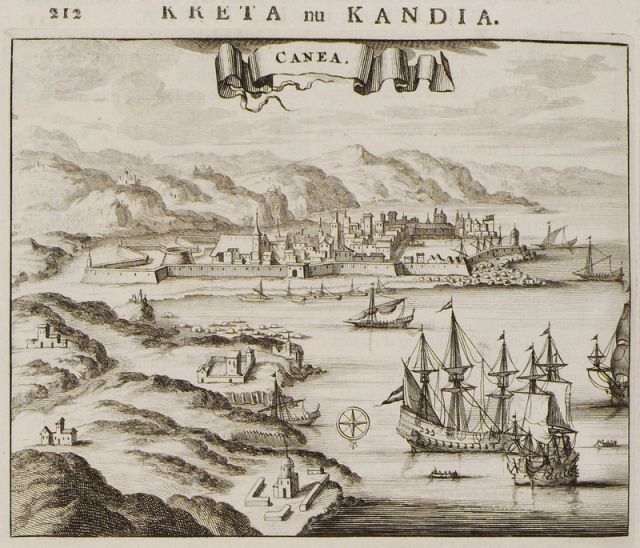
By 1648 the whole island of Crete, with the exception of Candia (former Chandax) the largest city of the island & a few strongholds like the fort of Suda (in the entrance of the gulf of Chania) and Gramvousa (northwestern edge of Chania) was in Ottoman hands. In 1669 after one of the longest sieges in history (started in 1648), Candia had fallen as well. The whole island was now the possession of the Sultan of Constantinople. The Venice of the East would be no more.
